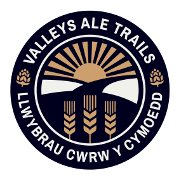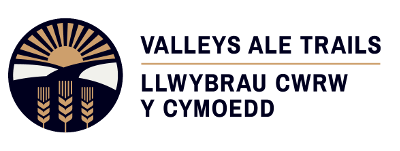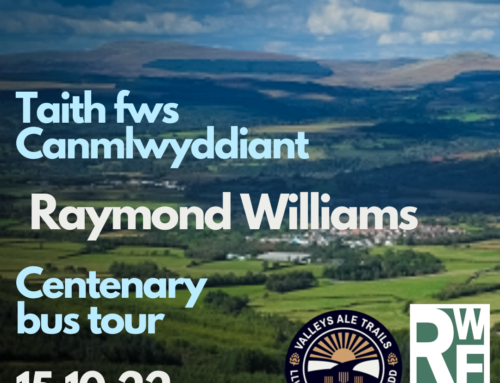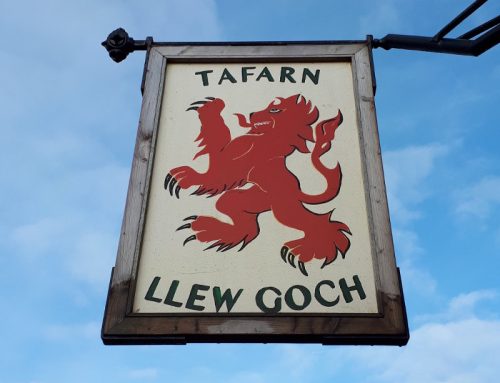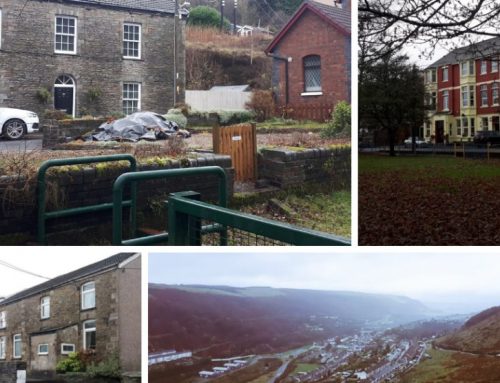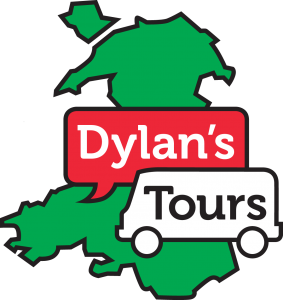 In this blog Dylan Jones from Valleys Ale Trails and Dylan’s Tours of Wales examines the rich heritage of Welsh language pub names. Part one can be found here.
In this blog Dylan Jones from Valleys Ale Trails and Dylan’s Tours of Wales examines the rich heritage of Welsh language pub names. Part one can be found here.
The most common inn sign in Wales (and also in England) is The Red Lion or Y Llew Coch in Welsh with over sixty located throughout the country, with Flintshire having the most. The Red Lion appeared on the coat of arms of John of Gaunt, Duke of Lancaster who during the 14th century was one of the most important and influential men in the country and founder of the House of Lancaster. Bilingual signs can be found in Llanrwst, Llansannan, Penderyn and Tregaron to name but a few.
The Black Lion is another popular inn sign in Wales and closely associated with the coat of arms of Owain Glyndŵr the last native Welshman to hold the title of Prince of Wales. Since Powys was Glyndŵr’s native region it will come as little surprise that Y Llew Du is still associated with Owain here and beyond: with the Llew Du seen in Aberaeron, Tal y Bont and Pontrhydfendigaid. Interestingly next door to the Llew Du (known locally as Y Blac) in Tal y Bont we have Y Llew Gwyn (White Lion). Another can be seen in Denbigh. Of historical note on the wall of the Llew Du in Pontrhydfendigaid we have a CTC (Cycling Touring Club) winged wheel badge / plaque first issued by the club in 1883. Not many have survived into the 21st century.
Remaining with the theme of lions we have Y Llew Glas (‘blue lion’) in Cwm near Dyserth, Denbighshire which is one of the oldest free houses in Wales. The Llew is steeped in history and legend has it an underground tunnel leads to the local churchyard.
Another symbol for a Welsh Prince was the eagle used by Owain Gwynedd who had three eagles on his shield and seen on the Grade II listed 18th century Eagles Hotel (‘Gwesty’r Eryrod) in Llanrwst. The Eryrod in Llanuwchllyn near Bala has a plain green background bilingual sign.
Drovers were an important part of Welsh life and with so many droving routes starting from Wales Yr Ychen Du (‘The Black Ox’) in Abergwili near Carmarthen is a reminder of a past way of life. This 18th century inn’s former stables are now part of a busy restaurant. The Drovers Arms in Carmarthen is one of many pubs in Wales which also depicts the drovers tradition and heritage.
Thankfully for the Drovers the upper echelons of Snowdonia was impregnable to be crossed with animals and the mountain is depicted in the inn sign of Bron Eryri in Penmaenmawr, near the busy A55. Bron is ‘hill’ in Welsh and the imposing Crib Goch, the knife edged red ridge, is seen in the background with the highest point of the arête being 923 metres above sea level. The Bron Eryri dates back to the early 1860s and started operating as a public house in the 1880s. In late January 1917 around 90 quarrymen were entertained at the Bron prior to be shipped off to fight in France and sadly like many men throughout the country were never to return.
The former public house Y Chwarelwr featured on its sign a fine example of a quarryman busy at his work cutting slate. The village of Llanllyfni quickly expanded during the slate quarrying period but sadly the Quarryman’s Arms closed in 2008.
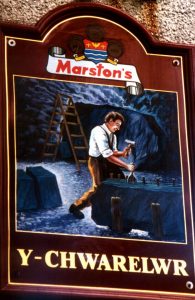
A sign which depicts a stereotypical Welshman at home is seen in the Pentan in Mold, Flintshire. Here we see an elderly gentleman lighting up a pipe by the hearth and in the foreground we notice Welsh symbols we are all familiar with – Welsh doll, willow patterned meat plate, miners lamp, lovespoon and a Welsh carver. The Pentan was once the tailor’s workshop of the celebrated 19th Welsh novelist and preacher, Daniel Owen (1836–1895), who later became known as the Welsh Dickens after the success of his work Rhys Lewis and Gwen Tomos. Owen is the man on the present sign. Incidentally, The Beatles visited the Pentan in 1963.
All photos: Dylan Jones
